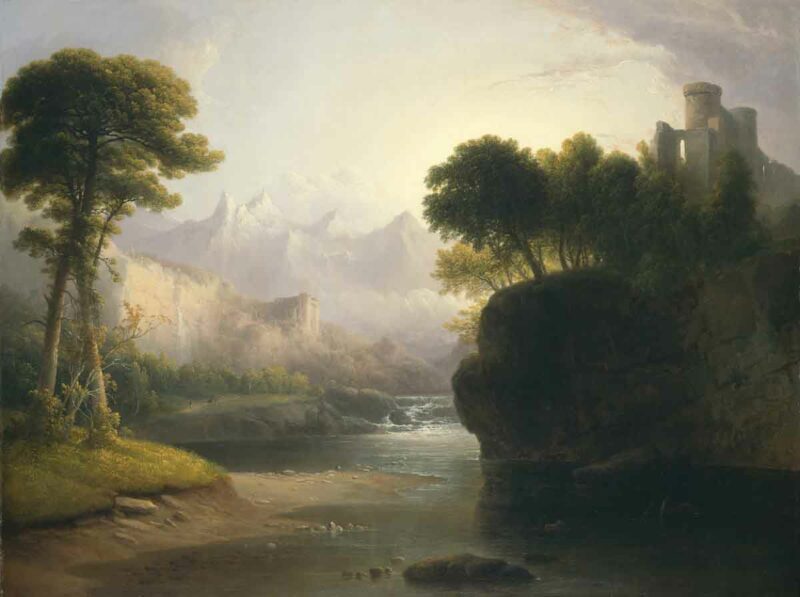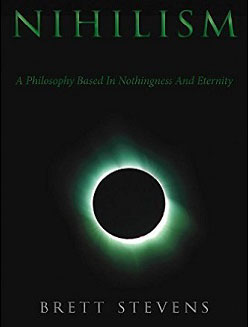Ancient Iranian Incursion Into Israel
HBD provides a basis for some politics, perhaps, but most importantly, it shows us history through genetics. In this instance, we learn about how immigration transformed ancient Israel as blue-eyed stepped people came in:
Ancient Israel (then called Galilee) belonged to a region known as the southern Levant, part of a larger area, the Levant, which encompasses today’s eastern Mediterranean countries. The southern Levant experienced a significant cultural shift during the Late Chalcolithic period, around 4500 B.C.E. to 3800 B.C.E, with denser settlements, more rituals performed in public and a growing use of ossuaries in funerary preparations, the researchers reported.
Though some experts had previously proposed that cultural transformation was driven by people who were native to the southern Levant, the authors of the new study suspected that waves of human migration explained the changes.
As one might suspect, the middle east — where Asia, Africa, and Europe meet — came over time to be populated by mixed-race people. However, periodic incursions from the nomadic people who ranged from Europe through Eurasia and Asia caused hybridization that changed culture:
It shows that the people of Peqi’in have ancestry related to that of earlier ancient groups from Anatolia and Iran – and not seen in earlier peoples from the Levant. This suggests that a migration into the region, bringing people who our genetic data showed had a high rate of blue eyes that were previously rare in the region, may have triggered the development of the Chalcolithic culture.
In other words, culture is genetic, and only lives on after a group is replaced through admixture in the form of symbolic gestures and rituals. The original source that provided the change is lost, and whatever replaces it is is a degraded form that slowly loses relevance over time.
Ancient Israel was altered by the migration of Euripids, which gave it a cultural boost that lived on in the tales later retold in the Bible of a population trying to avoid admixture and race war alike:
We highlight three findings of interest. First, an allele (G) at rs12913832 near the OCA2 gene, with a proven association to blue eye color in individuals of European descent40, has an estimated alternative allele frequency of 49% in the Levant_ChL population, suggesting that the blue-eyed phenotype was common in the Levant_ChL.
Second, an allele at rs1426654 in the SLC24A5 gene which is one of the most important determinants of light pigmentation in West Eurasians41 is fixed for the derived allele (A) in the Levant_ChL population suggesting that a light skinned phenotype may have been common in this population, although any inferences about skin pigmentation based on allele frequencies observed at a single site need to be viewed with caution42.
Third, an allele (G) at rs6903823 in the ZKSCAN3 and ZSCAN31 genes which is absent in all early agriculturalists reported to date (Levant_N, Anatolia_N, Iran_N) and that has been argued to have been under positive selection by Mathieson et al.31, occurs with an estimated frequency of 20% in the Levant_ChL, 17% in the Levant_BA_South, and 15% in the Iran_ChL populations, while it is absent in all other populations. This suggests that the allele was rising in frequency in Chalcolithic and Bronze Age Near Eastern populations at the same time as it was rising in frequency in Europe.
While this happened long before the Biblical era, these things endure as folk wisdom, which tells the tragedies of the past as if they were current, itself a form of degraded repetition of what was once knowledge. In this case, the rise of a new culture renewed and revitalized the region:
“The genetic analysis provided an answer to the central question we set out to address,” says Prof. Reich. “It showed that the Peqi’in people had substantial ancestry from northerners — similar to those living in Iran and Turkey — that was not present in earlier Levantine farmers.”
“We also find that the Peqi’in population experienced abrupt demographic change 6,000 years ago,” concludes Harney, who led the statistical analysis for the study.
“Indeed, these findings suggest that the rise and falls of the Chalcolithic culture are probably due to demographic changes in the region,” says Dr. May.
Much of what the Biblical narrative describes is the lost battle of a dying civilization, slowly being absorbed by admixture as it struggles to understand itself so it can assert itself. So it always goes with admixture, which crushes what is rare and turns it into a popular but meaningless average.










